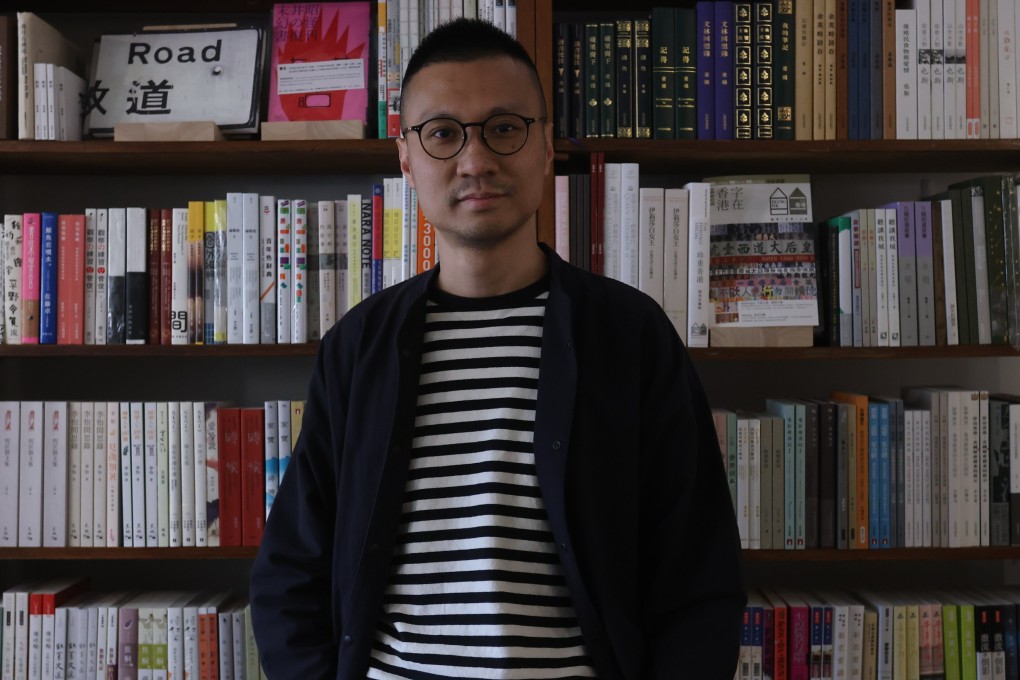Advertisement
‘It isn’t only about the cooking’: why cookbooks are still being devoured by readers in the digital age when recipes are a click away
- What role does a physical cookbook play today, when we can google all the recipes we need or subscribe to cookery channels? We asked industry insiders
- To chefs they offer inspiration, and reminders of a journey; for publishers they serve as windows into the culture of a place and tell bigger stories
Reading Time:6 minutes
Why you can trust SCMP

Glossy pages of evocative writing, highly styled photographs of ingredients and dishes, and mouthwatering recipes are only part of the allure of cookbooks. They can also document history and the stories of the people behind it.
But what role does a physical cookbook play today, when recipes are merely a click away? And how do these culinary volumes help us to understand more about food, and ourselves?
At restaurants, food books are often on display, reflecting both the personality and discipline of the chef.
Advertisement
At The Chairman in Central on Hong Kong Island, the dining room is anchored around an impressive collection of such books; the selection of works is a collaboration between proprietor Danny Yip Kwok-cheung and food critic Chua Lam, who donated several Chinese-language titles.

Books line the shelves, from tomes on Chiu Chow cuisine to writings on the greatest restaurants of our time – El Bulli, Noma and so on. Also on display are rare, out-of-print volumes that illustrate the richness and history of Chinese gastronomy; despite the fact they are irreplaceable, guests are free to flip through the pages.
Advertisement
Similarly, at modern German restaurant Heimat by Peter Find, a colour-coded display of food books welcomes diners at the entrance. All are from chef Find’s personal collection, and represent only a fraction of the hundreds of books – in multiple languages – that he keeps at his homes in both Hong Kong and Germany, including volumes about Aboriginal cooking and seafood preparation as told by the Alaskan Inuit.
Advertisement
Select Voice
Choose your listening speed
Get through articles 2x faster
1.25x
250 WPM
Slow
Average
Fast
1.25x